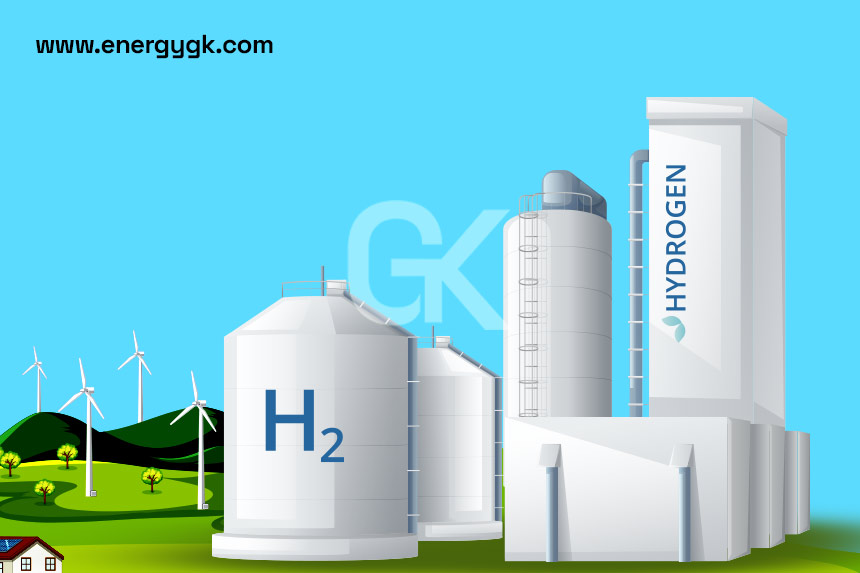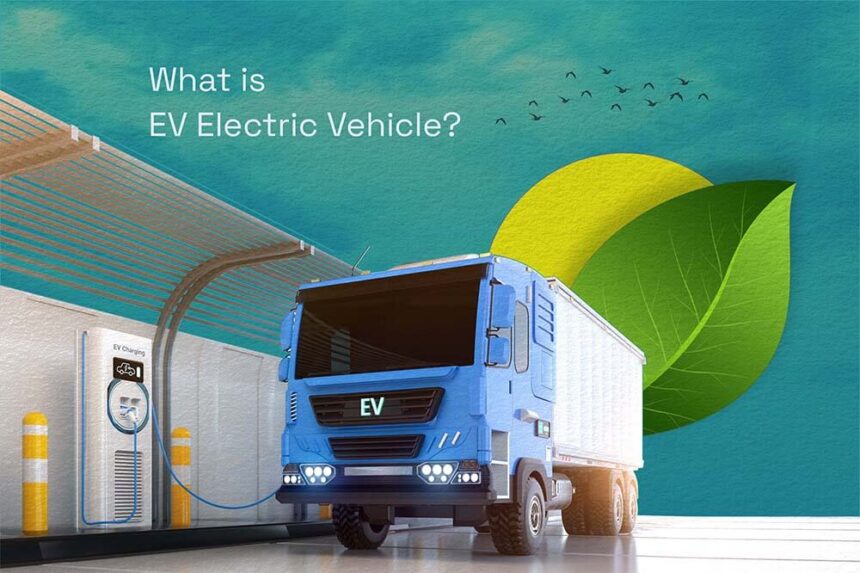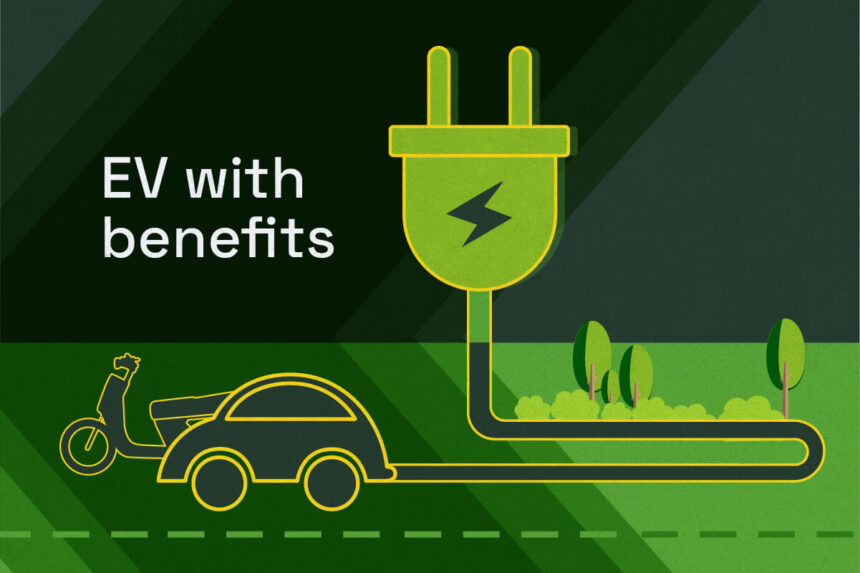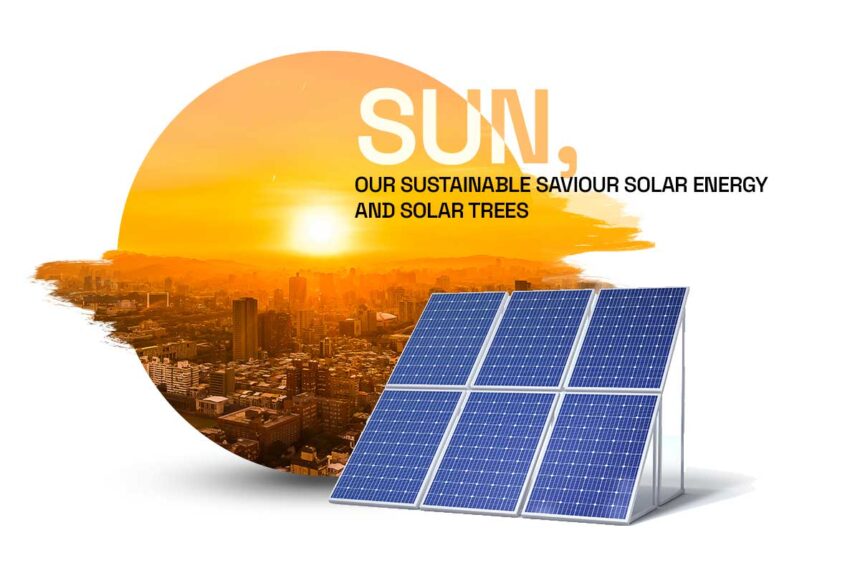Utilizing the inherent movement of water to produce electricity hydropower is among the most dependable and established forms of sustainable energy. Knowing the different kinds of hydropower plants is becoming more and more important as the world moves toward more sustainable energy solutions. This article explores the many kinds of hydropower plants including their workings benefits and drawbacks.
1. Hydropower plants based on dams.
The most prevalent and well-known kind of hydropower plants are dam-based ones sometimes referred to as impoundment facilities. These establishments use a dam to create a reservoir to hold river water.
System:Turbines in the reservoir release water which produces energy. In addition to assisting with irrigation flood control and recreational activities the controlled release of water guarantees a consistent power supply.
Advantages:steady and dependable generation of electricity. Significant amounts of energy can be stored in large reservoirs. Water supply for irrigation and flood control are further advantages.
difficulties:high initial building expenses. water and land ecosystems are impacted by the environment. local communities displacement.
2. Hydropower Plants Operating Along Rivers.
Large reservoirs are not necessary for the generation of electricity by run-of-river hydropower plants. River flow and elevation drop are essential to these plants.
System:Before being redirected back into the river downstream water is first diverted from it and passes through a canal or penstock to power turbines. The natural flow of the river is utilized by these plants so variations in seasonal water flow can affect the amount of power generated.
Advantages:less harmful to the environment than dam-based plants. lower building costs and a decrease in land flooding. little harm is done to the ecosystems and local communities.
difficulties:Seasonal variations can affect the reliability of power generation. energy storage capacity is limited. water diversions possible effects on aquatic environments.
3. Hydropower plants with pumped storage.
Like enormous batteries pumped storage hydropower plants store energy for later use. These plants store extra energy and release it when needed balancing supply and demand.
System:Water is pumped from a lower reservoir to an upper reservoir using excess power during times when there is little demand for electricity. When there is a high demand water is returned to the lower reservoir and runs through turbines to produce energy.
Advantages:Grid balancing and energy storage that is efficient. prompt response to variations in the demand for electricity. encourages the integration of solar and wind energy among other renewable energy sources.
difficulties:exorbitant operational and construction expenses. needs particular geographic circumstances. influence of the environment on nearby water bodies and ecosystems.
4. Wave and Tidal Hydropower Facilities.
Ocean tides and waves provide energy for tidal and wave hydropower plants. When it comes to hydropower plants these technologies are still in their infancy.
Method:Utilizing barrages or underwater turbines tidal plants harness the tides natural rise and fall to produce energy. Utilizing a variety of technologies such as point absorbers and oscillating water columns wave plants harvest the energy from surface waves.
Advantages:Oceans have a high potential for energy. steady and predictable energy source particularly tidal. Not as visually striking as solar and wind farms.
obstacles:problems in engineering and technology. high maintenance and upfront costs. possible effects on coastal ecosystems and marine life.
Conclusion
Hydropower is still an essential part of the worlds renewable energy transition.Geographical environmental and economic factors influence the choice of plant type and each type of hydropower plant has specific advantages and disadvantages. Hydropower will develop further and continue to supply dependable and sustainable energy in the future as environmental concerns and technological advancements both intensify. Stakeholders can maximize the use of this priceless renewable resource by balancing energy needs with environmental stewardship and community impacts by having a thorough understanding of the various types of hydropower plants.






